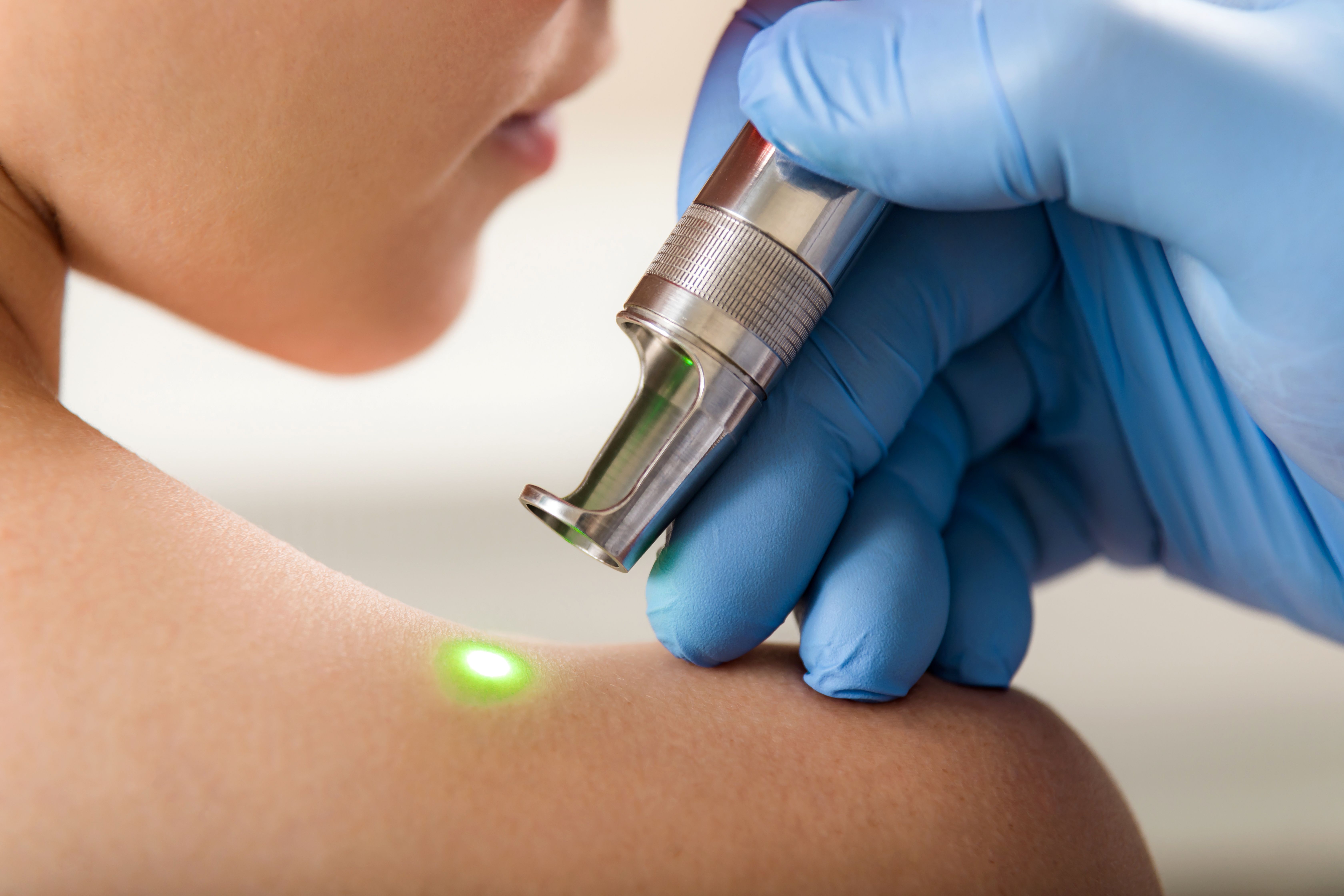- Acne
- Actinic Keratosis
- Aesthetics
- Alopecia
- Atopic Dermatitis
- Buy-and-Bill
- COVID-19
- Case-Based Roundtable
- Chronic Hand Eczema
- Drug Watch
- Eczema
- General Dermatology
- Hidradenitis Suppurativa
- Melasma
- NP and PA
- Pediatric Dermatology
- Pigmentary Disorders
- Practice Management
- Precision Medicine and Biologics
- Prurigo Nodularis
- Psoriasis
- Psoriatic Arthritis
- Rare Disease
- Rosacea
- Skin Cancer
- Vitiligo
- Wound Care
Article
3 Facelift Myths Debunked
The American Academy of Facial Plastic and Reconstructive Surgery’s president Paul Carniol, MD, debunks 3 common misconceptions about facelifts.
The American Academy of Facial Plastic and Reconstructive Surgery (AAFPRS)’s most recent member survey found that facelifts are the second most popular surgical procedure among its members, and the number performed annually is growing.1 Paul Carniol, MD, AAFPRS president and facial plastic surgeon in Summit, New Jersey, has debunked several myths about the procedures.
The first myth is that all facelifts are the same. Facelifts can be deep plane to mini and are individualized by the patient’s age, skin type, and desired results. Carniol explains this is a reason why numbers may be growing, but it is important to keep patient expectations in check.
“There are multiple types of mini lifts and neck lifts…, [but] they will usually give a lesser improvement than a full facelift,” Carniol says. “If a patient is in their 40s or early 50s and have thin skin tissues, one of these types of lifts can give a visible improvement with a very brief recovery. If they are older or have more extensive age-related changes, patients can get a more dramatic visible result from a full facelift.”
There can also be patient confusion on the treatment of wrinkles vs skin laxity, both of which have different treatment options, with wrinkles being best addressed by lasers, microneedling, radiofrequency (RF), or peels, not by a skin tightening procedure.
The second myth he debunked is that facelifts are only for older women. All genders get face lifts regardless of age, and with multiple treatment options, multiple patients can get their desired result without going to multiple treatments of another kind, such as microneeding.
“Procedures like microneedling, peels, and other noninvasive treatments will also give some skin tightening,” Carniol says, “but not as much as the typical face [and/or] neck lift procedures.”
The third myth is that all plastic surgeons are the same.
“Finding the right, most qualified physician to perform any procedure should [always] be a patient’s first priority,” Carniol says. “Make sure the physician is qualified, experienced, and board-certified in the procedure that you are considering. If you are seeking a surgical procedure on the face, head, or neck, the AAFPRS always recommends that you select a surgeon who trained specifically in procedures of the face, head, and neck.”
Reference:
1. 3 facelifting myths debunked by the AAFPRS. American Academy of Facial Plastic and Reconstructive Surgery. July 15, 2021. Assessed July 15, 2021. https://www.aafprs.org/Media/Press_Releases/Copy_of_PageTemplates/3%20Facelifting%20Myths%20Debunked%20by%20the%20%20American%20Academy%20of%20Facial%20Plastic%20and%20Reconstructive%20Surgery.aspx
Newsletter
Like what you’re reading? Subscribe to Dermatology Times for weekly updates on therapies, innovations, and real-world practice tips.















